The Lactic acid bacteria, often too Lactobacillales, Lactobacilli or Sour milk bacteria called, comprise a family of gram-positive, always anaerobic but mostly aerotolerant bacteria. These are characterized by the fact that they convert sugar into lactic acid (lactic acid fermentation): They make the milk sour.
What are lactic acid bacteria?
Lactic acid bacteria describe a large group of different types of bacteria that occur in the human body. Fundamentally, however, these different types of lactic acid bacteria are hardly similar.
The only similarity is usually that these convert sugar into lactic acid and use carbohydrates for energy. While homofermentative bacteria only produce lactic acid (lactate), heterofermentative bacteria also produce other end products such as ethanol and carbon dioxide.
Lactobacilli differ from other bacteria, which among other things also produce lactic acid, in that they are metabolically only able to ferment. But they also do this when oxygen is added.
Meaning & function
Lactic acid bacteria have lost the ability to synthesize many necessary substances, such as amino acids, porphyrins and cytochromes, due to their specialization in growth in milk and similar substances.
This prevents them from breaking down hydrogen peroxide. Therefore, lactic acid bacteria are only found in the intestines and in the mucous membranes of mammals, such as humans.
Lactic acid bacteria are also found in some living or decomposing plants that come into contact with milk and milk-like substances. Nevertheless, lactic acid bacteria are among the most important representatives of the human intestinal and vaginal flora.
Various subspecies (strains) and types of lactic acid bacteria are also used to preserve food, such as yogurt, cheese, sour milk, kefir and sauerkraut, as well as for skin care and tooth decay prevention. Lactic acid bacteria are also used quite often as probiotics, which are supposed to strengthen the immune system and positively stimulate, influence and regulate digestion.
For example, the probiotic can be used to intervene in the intestinal, oral and vaginal flora. This can be intended to restore a disturbed flora, but also to improve and optimize a healthy flora.
Diseases
Lactic acid bacteria show numerous different species and subspecies. Some of these species are less useful, but are pathogens. Depending on the species, these can cause disturbances in the body's flora.
Mostly the vaginal and intestinal flora are affected here, which are unbalanced by harmful lactic acid bacteria. Symptoms in the vaginal area can include dryness, inflammation, fungal infections, infertility, and digestive problems in the intestinal area. The latter naturally refers to the fact that the intestinal flora is affected.
Incidentally, there can also be an imbalance if too large a quantity of the natural intestinal flora gets into the weakened vaginal flora. Therefore, after going to the toilet and during the subsequent cleansing of the abdomen, you should make sure that you always "wipe" away from the vagina. The vaginal flora can also be unbalanced by improper hygiene (too often, but also too seldom) or incorrect use of tampons.
Lactic acid bacteria, however, also come in other subspecies that, depending on where they occur and the type, can trigger further disturbances and thus pose risks. The so-called Streptococcus pneumoniae is a pathogen that belongs to the type of lactic acid bacteria that can cause pneumonia. Streptococcus mutans, on the other hand, is involved in the development of caries. This often occurs when eating sugary foods in the oral flora, when lactic acid is formed directly in the oral cavity and after consumption.
This type of lactobacilli attacks the tooth enamel and, if not prevented from doing so, also eats its way through the underlying tooth structure. Another disease that can - but does not have to be - associated with lactic acid bacteria is lactose intolerance. This is because one speaks of this when the lactose supplied with the food is not properly processed. Incidentally, lactose intolerance can remain asymptomatic, but it can also result in complaints such as disorders in the gastrointestinal tract.
You can find your medication here
➔ Medicines to strengthen the defense and immune system
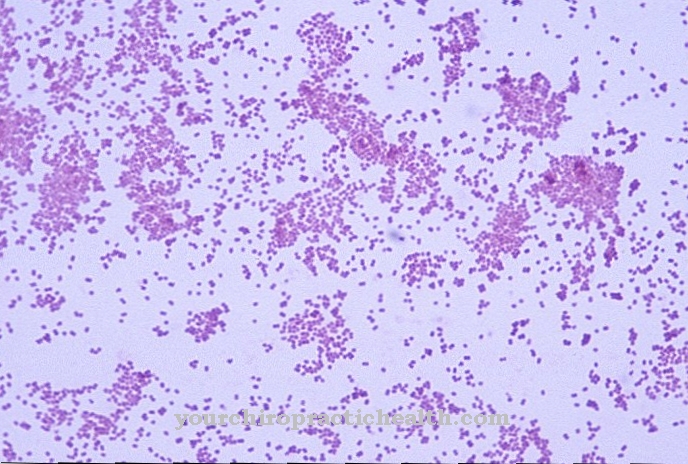
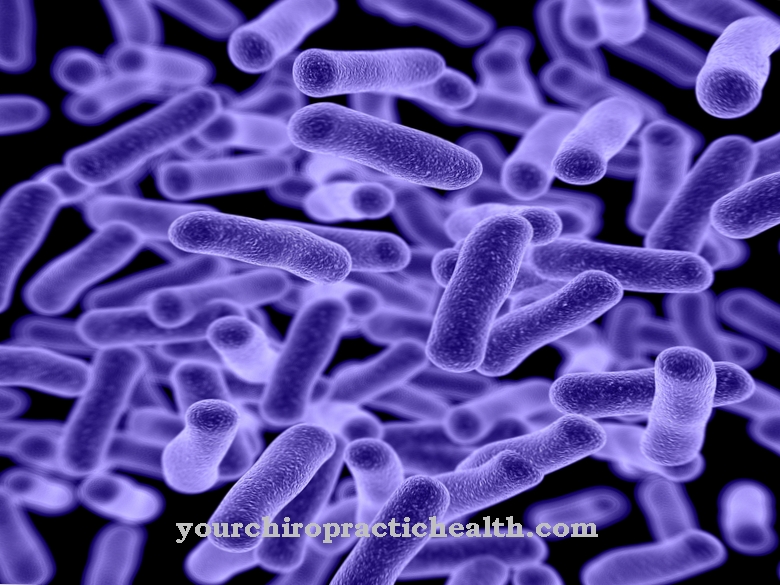
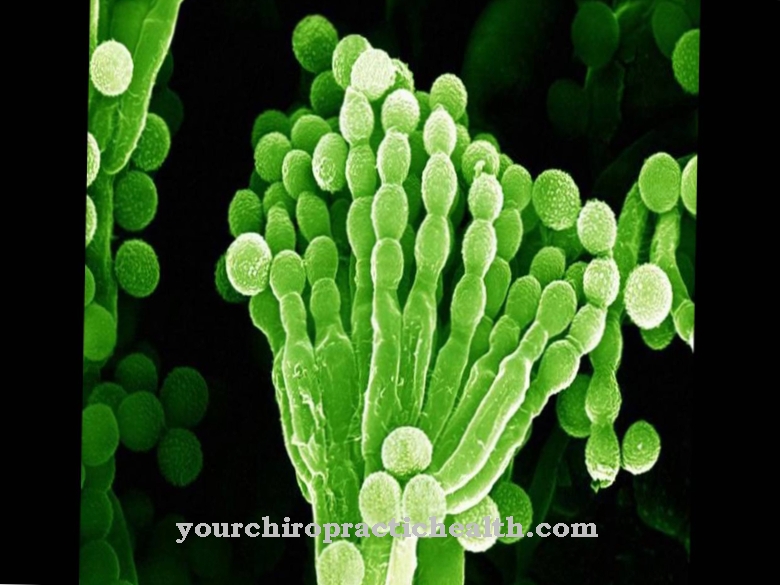
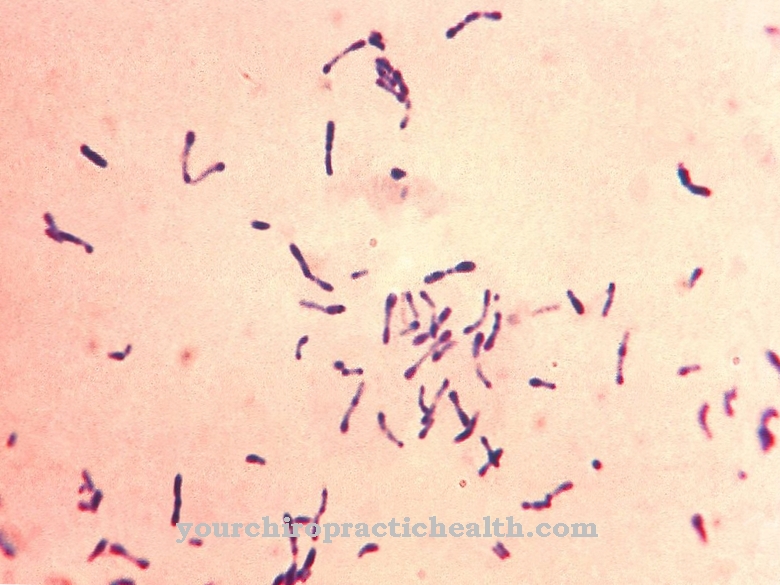
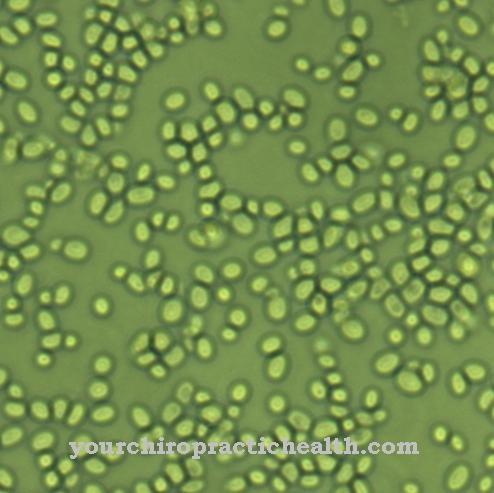
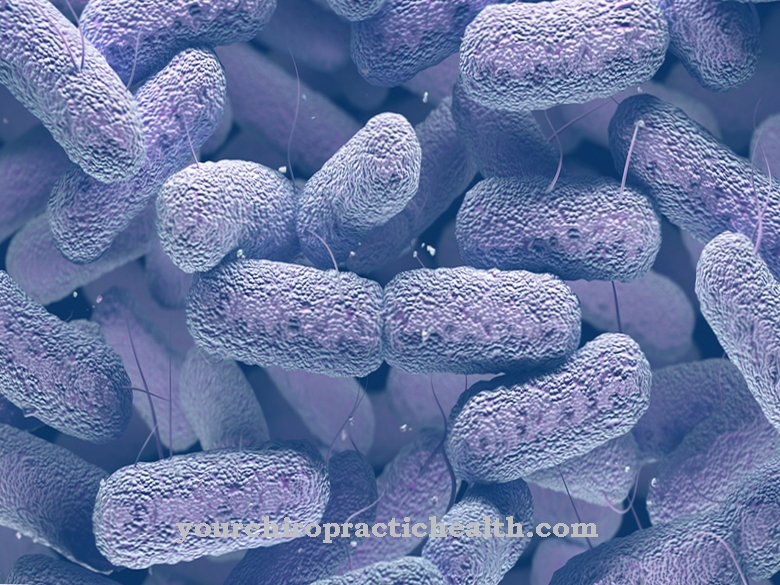



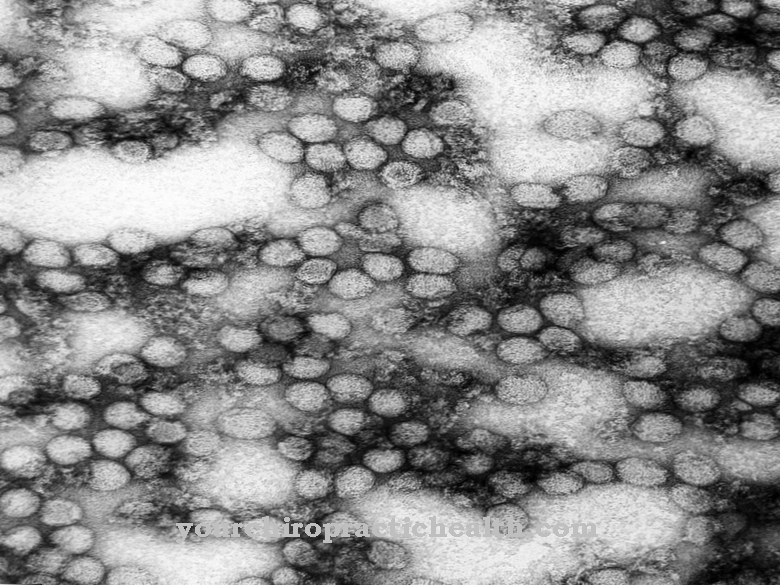








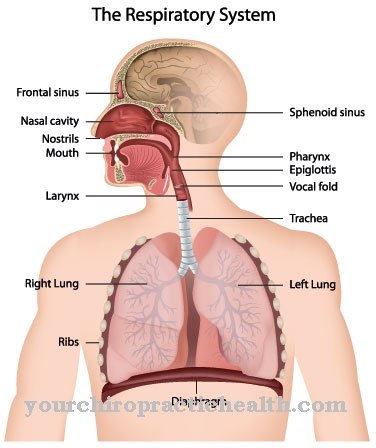





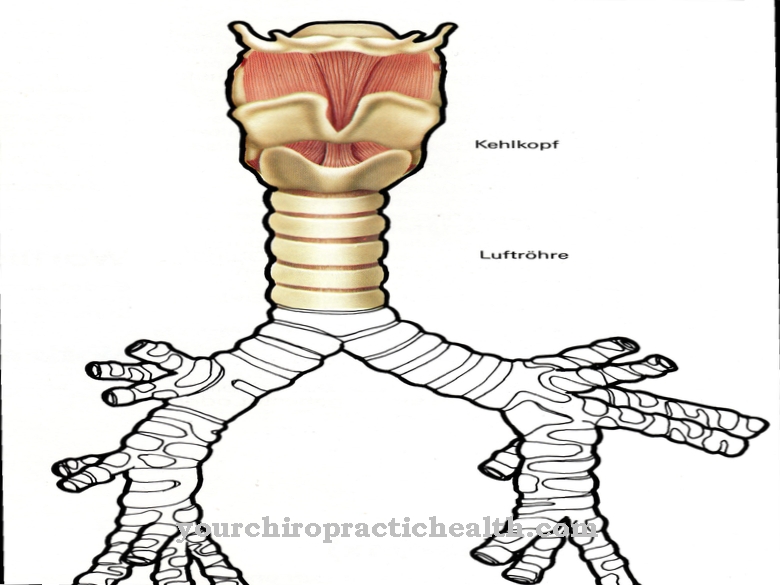

.jpg)